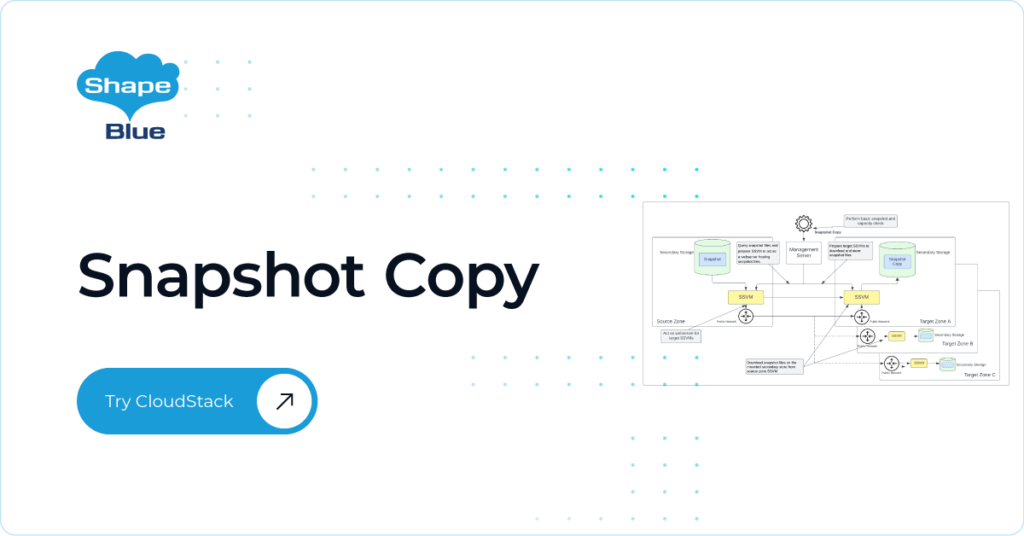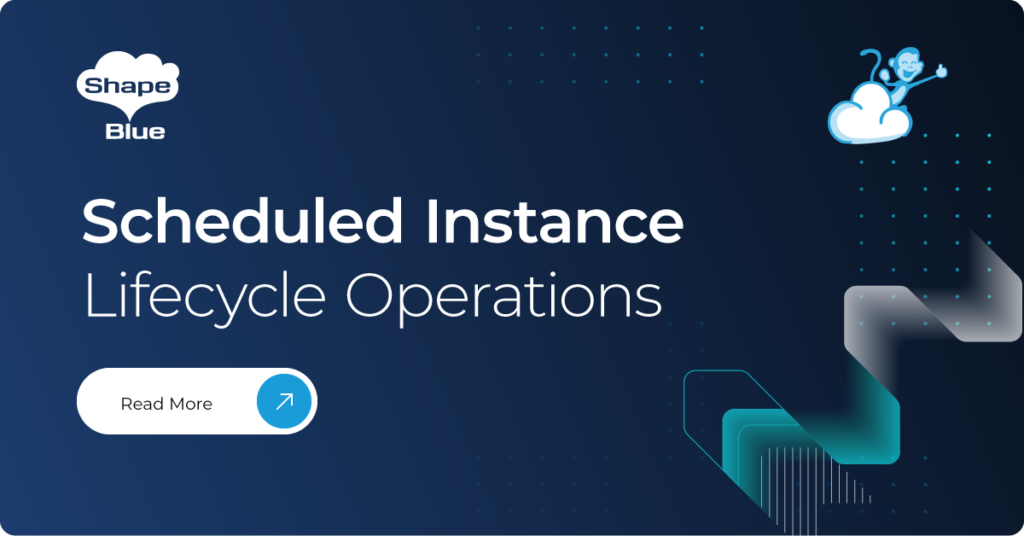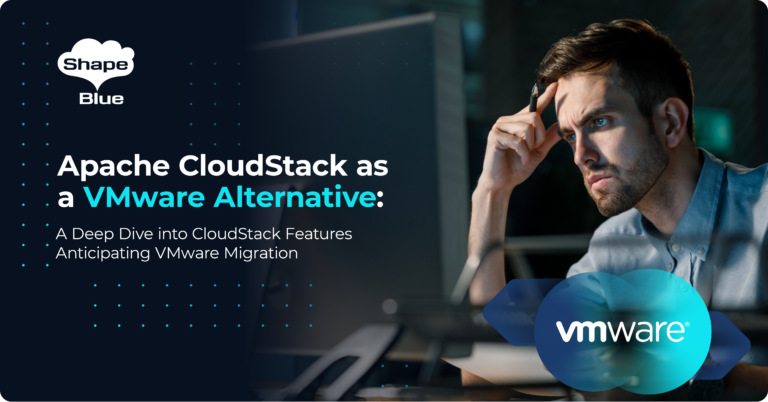Cloudstack version 3.0 is the first version of the established cloud orchestration technology to be built by Citrix themselves after their acquisition of Cloud.com last year.
Giles Sirett, Managing Consultant of ShapeBlue the strategic CloudStack consultancy gives his first impressions of the new version.
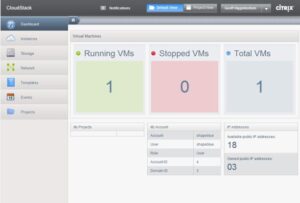 We’ve had the final beta of CloudStack 3.0 on the bench for some time now . To date, we like what we see. My very first, mile-high, view of this version of CloudStack was that it has certainly been “Citrixfied”. Direct support for their NetScaler load balancer as an external device will be welcome news for the larger cloud providers and gives a unique piece of functionality in this market. Also, the support for their own Xen hypervisor seems to have been enhanced. Although Citrix seem fully committed to supporting a wide range of hypervisors ( this flexibility being it’s strongest feature), many of us found it strange that in previous versions their support for VMWare and KVM was stronger that the Xen support (I guess a legacy of the cloud.com days).
We’ve had the final beta of CloudStack 3.0 on the bench for some time now . To date, we like what we see. My very first, mile-high, view of this version of CloudStack was that it has certainly been “Citrixfied”. Direct support for their NetScaler load balancer as an external device will be welcome news for the larger cloud providers and gives a unique piece of functionality in this market. Also, the support for their own Xen hypervisor seems to have been enhanced. Although Citrix seem fully committed to supporting a wide range of hypervisors ( this flexibility being it’s strongest feature), many of us found it strange that in previous versions their support for VMWare and KVM was stronger that the Xen support (I guess a legacy of the cloud.com days).
So, what of the specific new features ? LDAP authentication has been added, which will come as a relief to many enterprises but also to service providers with multiple “pots” of user accounts to deal with. This will make exposing the CloudStack interface directly to customers a much simpler proposition.
The GUI has certainly been smartened up. Although enterprises were prepared to live with the previous GUI out of the box, many service providers felt it lacked the finesse to put in front of end-customers. I think that will now change. Also, the graphical representation of elements such as networking components looks pretty slick.
To me, one of the most exciting features is the introduction of custom networks and the network service provider model. Custom networks allow the creation of multiple, complex virtual network configurations at the account or project level.
The network service provider model, in theory, will allow many well-known network brands to deliver their capabilities as virtual components into CloudStack. At the moment I see NetScaler, Juniper and F5 in there. The exciting piece will be when that list grows. I love the idea of users being able to choose a Juniper, Cisco or Barracuda network solution. This will help many organisations overcome security objections to a cloud model: they can build their VPDC on known and trusted technology or technology that is approved within their organisation.
Swift storage (http://swift.openstack.org) is now supported for secondary storage. This will allow templates and snapshots to be stored in a cloud-wide storage location. Used the right way this should allow multi-zone availability and will certainly remove the headache of having to manage different template sets across datacentres.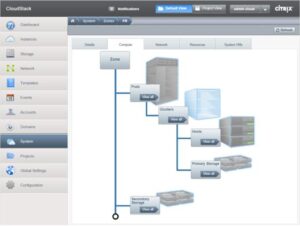
Password and key encryption has been enhanced and the ability to migrate machines between storage pools added. The concept of Projects has been introduced which will allow networks and instances to be created (and billed for) across accounts.
There are a couple of negatives. At the time of writing there seemed to be no tool or prescribed method to upgrade a 2.x build to a 3.0 build. I’m told this is coming in 3.01 and the likelihood of any upgrade projects in the meantime should be minimal. It’s also been quite difficult to establish whether existing CloudPortal (the excellent business management layer) installations will work on top of a CloudStack 3.0 install. To date, it looks like they won’t.
I guess some people may be concerned that Citrix will push the integration with their other technologies too hard and that CloudStack will loose it’s position as the open orchestration tool. I don’t think that is the case: Citrix seem to be fully committed to the opensource CloudStack project (www.cloudstack.org) and maintain that hypervisor independence is their key feature. What is also interesting is the number of ecosystem products that are springing up around CloudStack. I think this partially comes from the fact that this IS now a Citrix product.; it’s a safe horse to back. From billing platforms to template management tools, it seems that everybody wants to integrate with CloudStack.
So, in summary, some nice new features and, with network components, the ability to sell branded network solutions through Cloudstack. But, to me, the key thing with this build of Cloudstack is what can’t be seen: the fact that it has been created by Citrix themselves. Cloudstack 2.x was a great product. It was proven technology and in use by 100’s of public and private clouds around the world (and some pretty major ones). But it was a product from a relatively small software provider in a market crammed with other small software providers. This is a product from one of the world’s largest software manufacturers, with massive R&D and development budgets that seems committed to innovating their cloud orchestration platform; and that already is showing in this version.
Version 3.0 of CloudStack is due for release on 27th February.
Giles Sirett is Managing Partner of ShapeBlue, the strategic CloudStack consultancy
twitter: @ShapeBlue
Giles is CEO and founder of ShapeBlue and is responsible for overall company strategy, strategic relationships, finance and sales.
He is also a committer and PMC member of the Apache CloudStack project, and Chairman of the European Cloudstack User Group, actively helping promote brand awareness of the technology.

